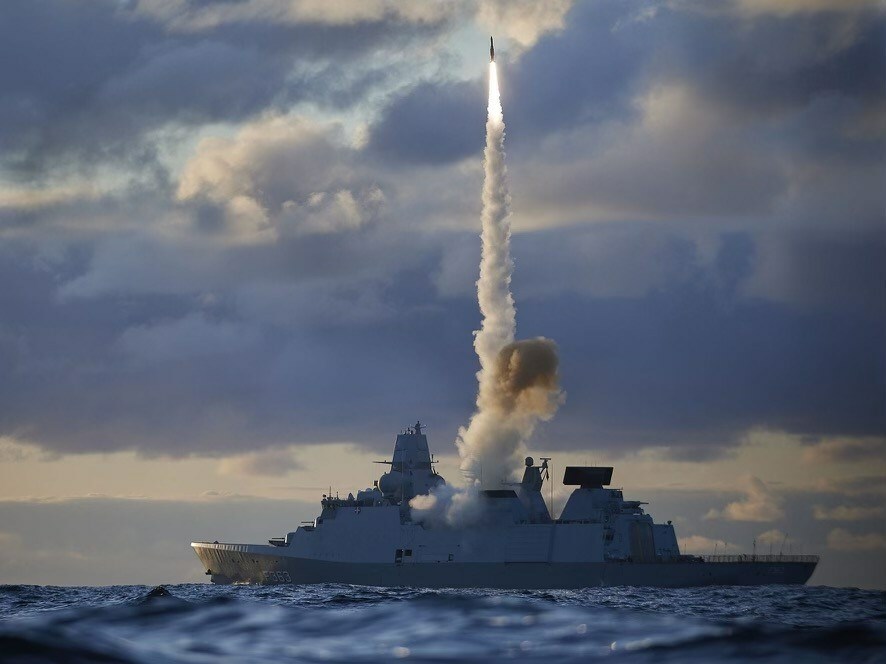NAO reveals Royal Navy equipment cannibalisation doubled in last 12 years

Click here to access full report.
The findings reveal that equipment cannibalisation in the Royal Navy has doubled in the past 12 years and although it can be effective to meet operational needs, it can increase costs and create disruption.
The Royal Navy operates ships, submarines and helicopters, which comprise complex systems made up of thousands of parts, to meet the United Kingdom’s defence requirements.
The Navy needs additional parts to maintain and repair its equipment. When vessels require parts that are unavailable and no other solution is available, the Ministry of Defence (MoD) can authorise that they are taken from other equipment – a process known as equipment cannibalisation.
The key findings of the investigation are:
Equipment cannibalisation can be necessary but should only happen when no other solution is available. The MoD guidance states 'cannibalisation will only be conducted where no other solution is available'. Decision-makers consider operational priorities and the estimated time to obtain new parts. In the last five years, between 0.3% and 1.4% of parts provided to the main classes of ships and submarines have been cannibalised parts. However, each instance has a wider impact beyond the part being replaced and can signify broader issues with the process for getting spare parts.
Across ships and submarines, equipment cannibalisation has increased 49% in the last five years, with a total of 3,230 instances involving 6,378 parts. During 2016-17, there were 795 instances of equipment cannibalisation. This equates to 66 instances a month, compared to 30 a month in 2005. Since 2004, the Navy has reduced its fleet of ships and submarines by 31% from 127 to 87, meaning that a higher proportion needs to be deployed, or ready to deploy, at any one time in order to meet defence requirements. In 2016-17, ship and submarine equipment cannibalisation accounted for 60% of instances across the Navy. Navy Merlin helicopters make up the remaining 40%.
Some 40% of ships and submarines receiving cannibalised parts needed them so they could be ready for operations or training. In these cases, equipment cannibalisation rectified issues that would have reduced the operational capability of ships and submarines. The remaining 60% of ships and submarines did not need the parts for operations or training. For example, in some cases the parts were required to complete planned maintenance work to a specified schedule so as to avoid potential delays and additional costs.
NAO analysis shows 71% of parts cannibalised on the basis of operational need were low value but the cost of moving the parts could be much greater. The majority of cannibalised parts cost less than £5,000, with less than 1% valued at over £500,000. The MoD does not know how often the cost of replacing cannibalised parts exceeds the value of the part being replaced. The Ministry’s analysis, covering 146 Type 23 equipment cannibalisations in 2012, showed that in 50% of these cases, the cost of equipment cannibalisation was equal to, or greater than, the value of the part. In 25% of cases it was four times greater. Even though equipment cannibalisation has increased, the MoD has not updated or broadened its analysis.
The need for equipment cannibalisation is exacerbated by both a lack of information about when parts will be delivered, and delays in receiving parts on time. In March 2017, the DE&S Ships Operating Centre met 55% of part demands from ship and submarine crews by the required date (target 75%). The Submarine Operating Centre met 63% of demands (target 80%). At the same time, of 17,038 ship part demands already past their required delivery date, 34% had no recorded forecast delivery date. Identifying a forecast delivery date can be more difficult where the Ministry has contracted-out support arrangements. The Ministry has undertaken a number of initiatives to improve ship and submarine supply chain management.
The MoD does not routinely monitor the use, causes and impact of equipment cannibalisation across the Navy. The MoD considers and assesses equipment cannibalisation and trends over time for individual vessel types. There is no overall accountability for managing equipment cannibalisation across the Navy or routine data collection or analysis assessing why equipment cannibalisation occurs or its impact. This information gap makes it difficult to determine when equipment cannibalisation is becoming more routine, its underlying causes, and the trade-offs between cost savings and equipment cannibalisation.
The MoD has taken decisions to reduce support without complete information to fully assess and manage the impacts and costs. To remain within its budget, the Navy reduced its maritime support budget by 6% (£271 million) in-year in the last two years. Of these reductions, an estimated £92 million could increase the need to cannibalise parts. In particular, the MoD decided not to invest in complete technical documentation or in fully cataloguing parts when vessels were brought into service.
Each instance of equipment cannibalisation can delay programmes, create additional engineering risks and add to the work of staff, affecting morale. Equipment cannibalisation has a number of impacts the MoD needs to manage including:
- Programme delays: In the last five years, the number of equipment cannibalisations from the Astute-class submarine production line increased 43%, from 77 instances in 2012-13 to 110 in 2016-17. Cannibalisation caused a 42-day delay and the MoD having to pay an additional £4.9 million for the third Astute submarine and has also affected other boats.
- Engineering risk: Cannibalised parts, along with additional parts that must be removed to gain access to them, may be damaged whilst being removed, transported or re-installed. An estimated 11% of the parts recorded by ships as having shortcomings in their material, design or documentation were cannibalised.
- People: The 2017 Navy risk register identified a lack of spare parts as a risk to operational capability given its demoralising effect on personnel.












